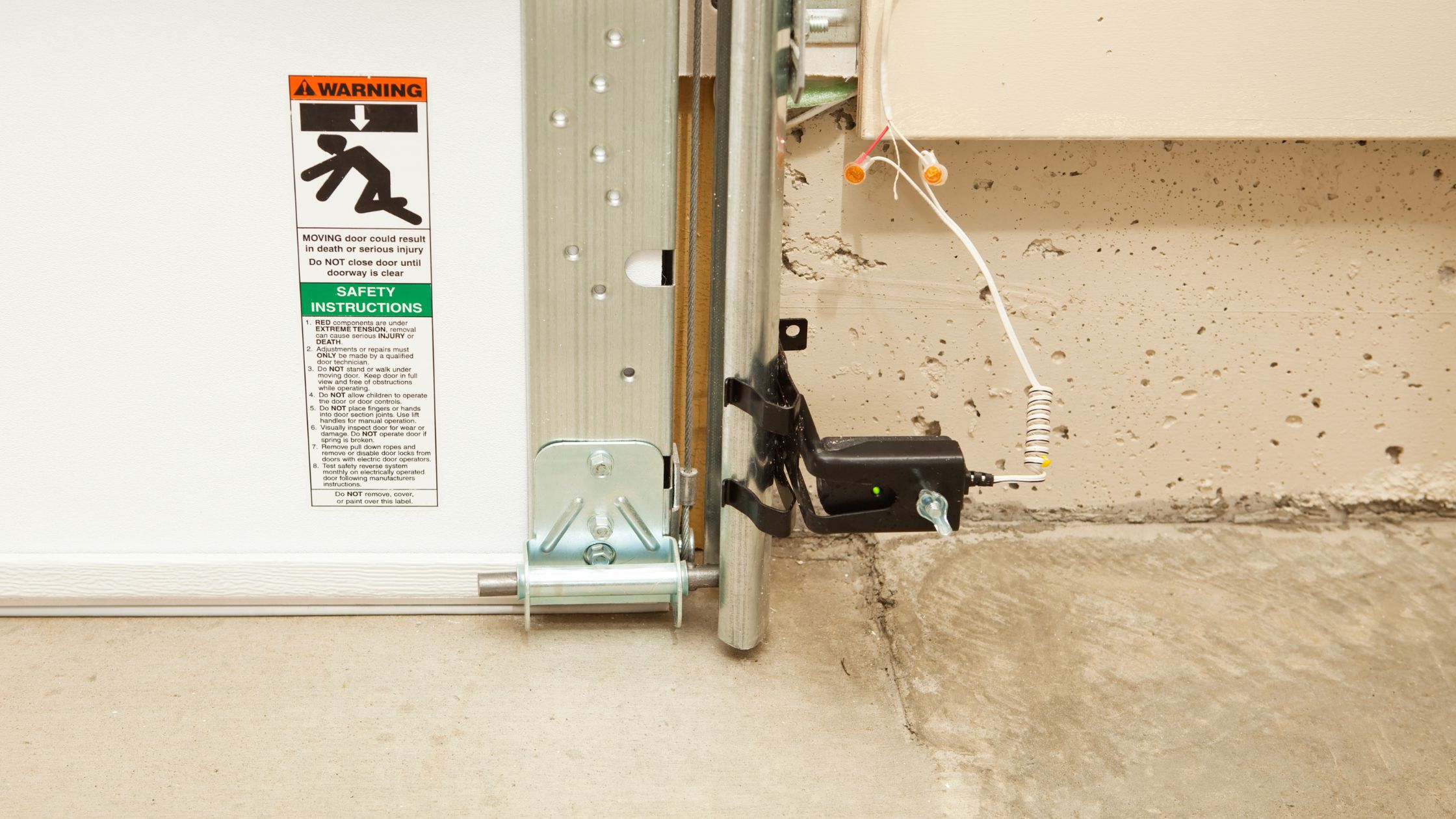
The Skinny About Your Garage Door Sensor
If you’ve ever had a garage door that refuses to close, stops halfway, or reverses suddenly, chances are your garage door sensor is to blame. These small but powerful devices are essential for the safe and efficient operation of your garage door system. At Helotes Overhead Garage Doors, we often get questions from customers about how garage door sensors work, why they fail, and what can be done to fix them.
In this guide, we’ll cover everything you need to know about your garage door sensor — from troubleshooting common problems to knowing when it’s time for a professional repair.
What Is a Garage Door Sensor?
A garage door sensor is a safety feature that prevents the door from closing if something is in its path. Introduced as a standard requirement in the 1990s, garage door sensors are now an essential part of every modern garage door system. These sensors use infrared light beams to detect obstructions and automatically stop or reverse the door to avoid accidents.
If you have children or pets, your garage door sensor plays a critical role in protecting them from injury. It also prevents damage to your car, tools, or anything else that might accidentally block the door’s path.
How Does a Garage Door Sensor Work?
A typical garage door sensor setup includes two devices positioned on either side of the garage door, usually near the floor. One sensor sends an invisible infrared beam across the opening, and the other receives it. If anything interrupts this beam — like a bicycle, a box, or even dust — the system will stop the door from closing.
Your garage door opener relies on these sensors to confirm that it’s safe to close the door. If the sensors aren’t aligned properly or are malfunctioning, your door might refuse to close altogether.
Common Signs of a Faulty Garage Door Sensor
At Helotes Overhead Garage Doors, we often see customers dealing with sensor-related problems, especially after weather changes or accidental bumps. Here are some signs that your garage door sensor might need attention:
- The door starts to close but immediately reverses.
- Flashing lights on the garage door opener unit.
- The door only closes when you hold down the wall button (this overrides the safety feature).
- One or both sensors’ indicator lights are off or blinking.
If you notice any of these issues, it’s a good idea to inspect your sensors before assuming there’s a bigger problem with the door itself.
Troubleshooting Your Garage Door Sensor
Before calling in the professionals, there are a few simple steps you can take to troubleshoot your garage door sensor:
- Check for Obstructions: Make sure nothing is blocking the sensors, including leaves, dirt, or small objects.
- Clean the Lenses: Wipe the sensor lenses with a soft cloth to remove dust or smudges that might be interfering with the beam.
- Align the Sensors: The sensors should face each other directly. If one is slightly out of alignment, gently adjust it until both indicator lights are solid.
- Inspect the Wiring: Look for loose wires or damage near the sensors, especially if your garage has experienced flooding or pests.
If these steps don’t solve the problem, it’s time to call in a professional to inspect your system.
When to Call Helotes Overhead Garage Doors for Help
While some sensor issues are easy to fix, more complex problems — like wiring faults or sensor failure — require the expertise of a trained technician. As a trusted local provider, Helotes Overhead Garage Doors can quickly diagnose your sensor problems and offer affordable repair or replacement solutions.
We’ve been serving the Helotes and San Antonio areas for 40 years, and our team knows how to handle everything from sensor adjustments to full garage door system upgrades. If you’re unsure about what’s causing your door to malfunction, let our experts take a look before it turns into a bigger issue.
Learn more about our services at Helotes Overhead Garage Doors.
Why Regular Maintenance Matters
Your garage door sensor is only one part of a complex system that requires regular maintenance to operate safely and efficiently. Scheduling a professional inspection at least once a year can help catch small sensor problems before they cause major headaches.
With routine care, your sensors will last longer, your door will function better, and your home will stay safer — giving you peace of mind every time you open or close your garage.
Final Thoughts
A properly working garage door sensor is more than just a convenience — it’s a key safety feature that protects your family, your property, and your peace of mind. Whether you’re dealing with minor sensor misalignment or a complete failure, knowing the basics can help you take the right steps.
If you suspect your garage door sensors are malfunctioning, don’t hesitate to reach out to the experts at Helotes Overhead Garage Doors. With our decades of experience and commitment to quality service, we’ll have your system running smoothly again in no time.



